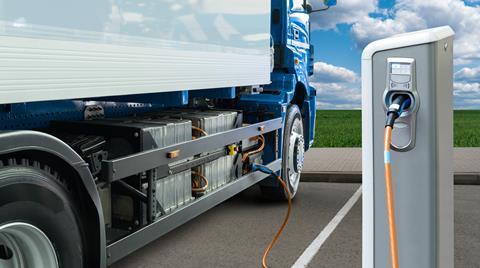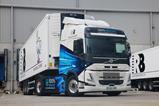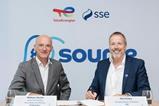Microsoft, in collaboration with the Pacific Northwest National Laboratory (PNNL) under the US Department of Energy, has utilised artificial intelligence (AI) and a supercomputer to identify a new substance that could serve as an alternative to lithium in electric vehicle (EV) batteries.

Named N2116 for now, the material discovered through advanced AI could potentially reduce lithium usage in batteries by up to 70%.
The Azure Quantum team at Microsoft employed AI algorithms to sift through a vast pool of 32 million potential inorganic materials, narrowing it down to 18 promising candidates in less than a week. This rapid screening process, which would have taken over two decades using traditional lab research methods.
The collaboration between Microsoft and PNNL, from the initial identification to the development of a working battery prototype, was accomplished in less than nine months.
Dr Nathan Baker, product leader, for Azure Quantum Elements at Microsoft, said “Joining forces with the Department of Energy’s Pacific Northwest National Laboratory, the Azure Quantum team applied advanced AI along with expertise from PNNL to identify a new material, unknown to us and not present in nature, with potential for resource-efficient batteries.”
“Not only that, PNNL scientists synthesised and tested this material candidate from raw material to a working prototype, demonstrating its unique properties and its potential for a sustainable energy-storage solution, using significantly less lithium than other materials announced by industry.”
“Lithium is already relatively scarce, and thus expensive. Mining it is environmentally and geopolitically problematic,” explained Dr Baker. “Creating a battery that might reduce lithium requirements by approximately 70% could have tremendous environmental, safety, and economic benefits.”


















